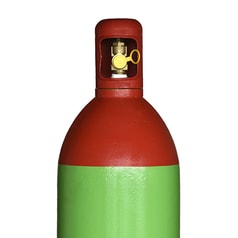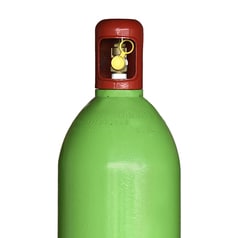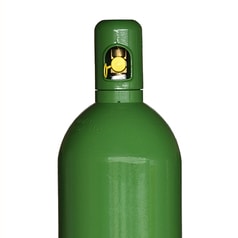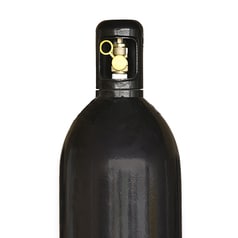Pour bénéficier d’un affichage optimal de la boutique en ligne de PanGas, vous avez besoin pour le navigateur de la version minimale suivante:
• Internet Explorer 9.0
• Mozilla Firefox 38
• Safari 8
• Chrome 45
Veuillez vous assurer que JavaScript est activé dans les paramètres de votre navigateur.
Purging & Root protection
- Home
- Applications
- Manufacturing industry (MI)
- Welding
- Purging / root protection
Purging & Root protection
Forming is an economical, environmentally friendly and clean process to prevent tarnishing and ensure corrosion resistance
It consists of the processes of pre-softening to displace air and covering the weld root with protective gases during welding. It should be noted that all temperature affected areas of base material and filler metal at the bottom and top of the seam should be covered by gas protection up to a limit temperature. In gas-protected welding, the gas protection can be divided into three parts - primary gas protection, secondary gas protection and seam root protection
More information
Especially when welding metals that are highly sensitive to atmospheric oxygen or nitrogen, such as titanium, all three elements of gas protection are required. Primary gas protection is to protect the weld pool and the immediately adjacent area; this function is performed by the gas nozzle. Secondary gas protection is intended to protect the finished weld until it has cooled to a temperature at which the metal no longer reacts with the oxygen or nitrogen in the ambient air. The secondary gas protection is realized in the form of an attached nozzle (drag nozzle).
For gas-sensitive materials, the seam root side of the weld must also be protected with a gas to prevent oxidation. By using a root protection gas, both the optical appearance can be optimized and the seam geometry at the bottom can be influenced. In addition, the risk of seam root defects in the seam root area is reduced.
Forming gas
This gas is used as protection of the back side of the weld, thus preventing combustion and oxidation of the material. It is particularly used when welding austenitic stainless steel. Hydrogen-added forging gas is not suitable in combination with duplex stainless steels and ferritic steels.





